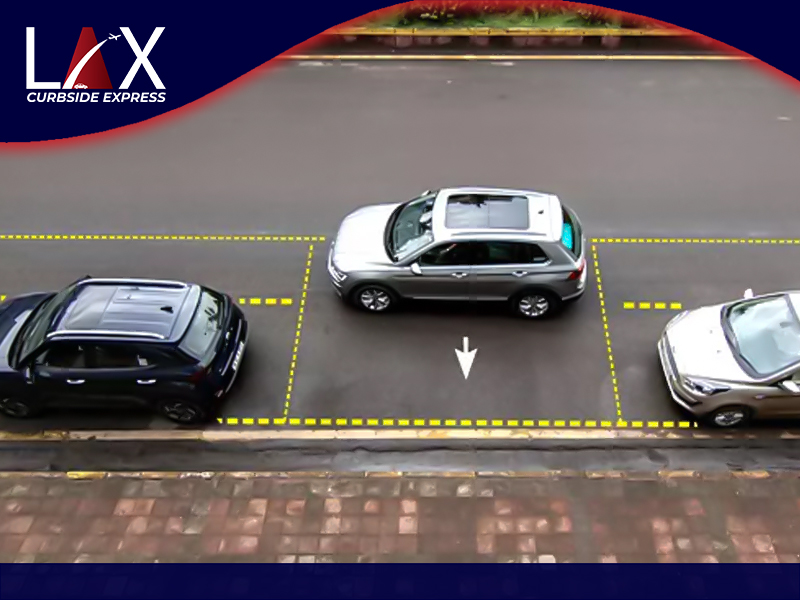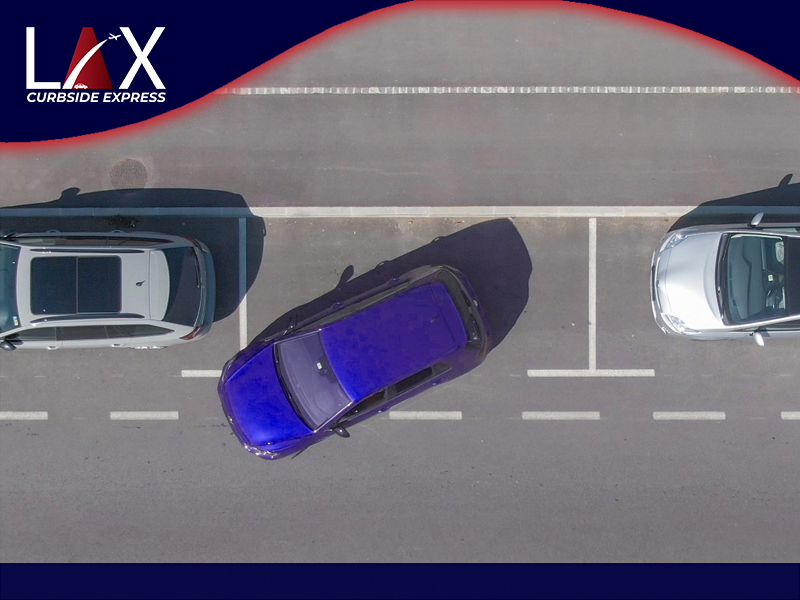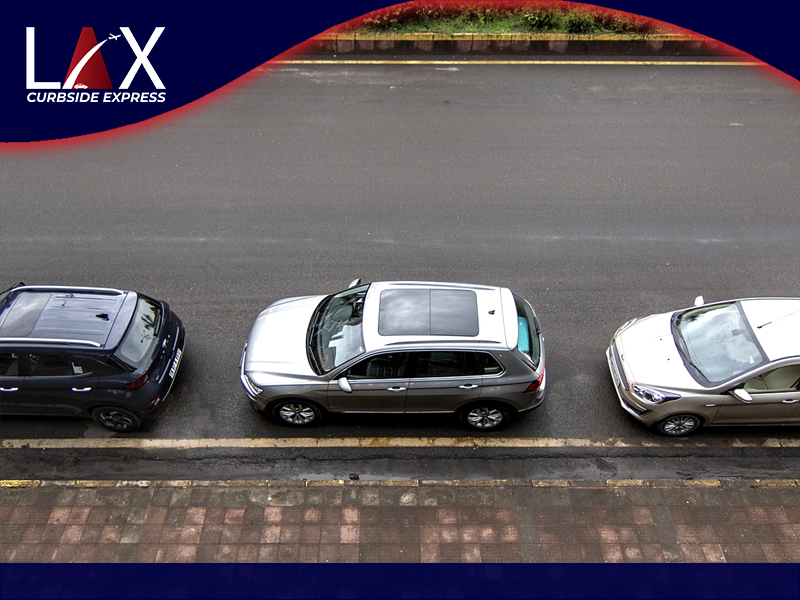
How to Master Parallel Parking? Discuss 8 Simple Steps
Despite its simplicity, parallel parking is one of the most challenging parts of driving. But with practice, you can learn how to master this maneuver.
First, find a spot that’s at least one-and-a-half times the size of your vehicle. That should give you enough room to Parallel Park.
1. Look for a spot that’s at least one-and-a-half times the size of your vehicle.
Parallel parking can be daunting, but it doesn’t have to be. With practice and patience, you can master this skill in no time.
To start, look for a spot that’s at least one-and-a-half times the size of your vehicle. This helps ensure you have enough room to back in and move forward.

When you find a spot that looks like it will fit your car, use your turn signal to let other drivers know you’re about to park.
After you’ve done this, put your car into reverse and slowly begin backing into the space. Using your rearview mirror, check for any cars or people coming behind you. In addition, you can also hire a car valet service that will help you to park your car where you want.
2. Find a spot that’s wide enough for your vehicle.
Parallel parking is one of the most intimidating driving skills for new drivers. But it can be mastered with a little patience and practice.
You should first find a spot that’s wide enough for your vehicle, with room to spare in front and behind. Remember that you’ll need at least three feet of space for a novice driver and up to six feet for an experienced driver.

Once you’ve found a suitable spot, check your rearview mirror to ensure no cars or bicycles are in your blind spot. You should also put on your turn signal to indicate to other drivers that you’re preparing to park.
Next, back up to the car in front of you until you can see the parked car’s tires. Then, start to turn your steering wheel left.
Once you’ve positioned your car correctly, pull forward to center it in the parking space. Once your car is in place, shift into the ’park’ position on your gear stick. Afterward, turn off your engine and get out of the car.
3. Start in the right position
.Parallel parking is an elusive skill that many drivers need help with. Whether you’re a new driver preparing for your road test or a seasoned professional living in an urban setting, knowing how to parallel park can make life much easier.
First, you’ll need to choose a spot that’s wide enough for your vehicle. To do this, start by mentally imagining a parking space that’s at least one-and-a-half times the size of your car.

Once you’ve found a suitable space, pull up and position your car, so it’s next to the parked vehicle in front of it. Be sure there are about two feet between your car and the parked vehicle, which is necessary for safety.
Then, turn on your signal, so other drivers and cyclists know you’re about to parallel park. This will warn other drivers and cyclists to maneuver around you and avoid causing any accidents. It’s also important to check your mirrors and rearview mirror to ensure no oncoming traffic or pedestrians are in the way of your maneuver.
4. Make sure you’re within the lines.
It’s no secret that parallel parking can be one of the most challenging driving skills to master. It requires a lot of skill and patience, and it’s also very easy to misjudge or lose control during the maneuver.
The good news is that it’s not impossible to master parallel parking. You just need to practice until you feel comfortable.
Start by looking for a spot that’s at least one-and-a-half times the size of your vehicle. The space should be parallel to the car in front of you and have a distance of at least two feet on each side.
When you find a spot that works for you, put your signal on and check your mirrors before pulling up to the space. You should see a 45-degree angle in the mirror that looks like a triangle.
Then, begin reversing until the tail light of the other vehicle is in your rear door, and the rest of the car is in line with its bumper. After that, turn your wheel back straight and pull up to the space.
5. Take your time
When you’re learning how to parallel park, it’s important to take your time. This will help you get the hang of the maneuver and avoid making any mistakes that could damage your car or someone else’s.
Start by pulling alongside the vehicle in front of you, and then line up your rear bumper with its back bumper. This will give you a good reference point when it comes time to back up into the spot.
Next, turn your steering wheel one-and-a-half to the right as you back up. Many people make the mistake of turning their wheel only a half-turn, which doesn’t allow you to shift your car into the correct position for parallel parking.
Once your vehicle is in the correct position, you’ll want to back up slowly until the back left bumper of the other car is in the middle of your back right window. This should take just a few seconds. During this time, you should constantly check your mirrors and blind spots to ensure you’re in the right position.
6. Don’t be afraid to ask for help.
If you’re learning to drive or if you’re trying to perfect your driving skills in an urban environment, parallel parking is one of the most important skills you can master. It can be intimidating, but you’ll avoid dings, scratches, and nicks on your car if you know how to do it properly.
There are many ways to practice parallel parking, but you’ll need to be consistent to become a pro. Getting help from a friend or family member who can offer you feedback and tips is also important. You can also ask for help from LAX Curbside Express.
Try practicing in a parking lot to get used to parallel parking under less pressure. Once you’re confident with the basic technique, it’s time to head out on the street and test your skills!
7. Don’t be afraid to practice.
Parallel parking can be a nerve-wracking driving skill for new drivers. It requires spatial visualization, reverse steering, and strong nerves in heavy traffic – all while trying to avoid nicks or dings on your vehicle.
Fortunately, parallel parking is easier than it seems, and there are a few simple steps that will help you master this driving maneuver in no time at all!
The first step is to find a spot that’s at least one-and-a-half times the length of your car. This will give you a buffer for maneuvering around other cars and avoiding getting tickets.
Next, you’ll want to position your car parallel to the curb and slightly behind the parked vehicle in front of you. Ensure you have a safe distance between your car and the other vehicle – about 2 feet is generally enough.
Once you’ve positioned your vehicle, turn the wheel to the right and back up slowly. Each tire has 1.5 turns, but keeping them straight is important – you don’t want to get the wheels out of alignment!
8. Pull out safely
Parallel parking may not be one of the first things you think of when you’re learning to drive, but it can be an essential skill. Many states require drivers to master it before getting their driver’s license, so learning how to do it properly is necessary.
You can practice parallel parking in a few ways, but the best way is by using cones or plastic pylons to simulate a parallel parking space. Place these cones in a wide driveway or a parking lot, and then try to park your car without bumping them.
Read Also: Expert’s Guidelines and Tips to Park your Car Between Two Vehicles
The most important thing is to take your time and be aware of the situation around you. If you’re in a hurry, your positioning can be off, and you could make dramatic turns leading to a failed parallel park.
When you’re ready to pull out, turn your steering wheel to the left and move forward. Ensure no cars are on the road and use your turn signal to indicate that you will exit the parallel parking space.
Conclusion
Once you’ve backed into the space, pull up alongside the car you want to parallel park behind and stay a safe distance (two to three feet) away from it. Once your car is positioned parallel to the bumper, center it into the spot, straighten your steering wheel, and park it.
FAQs
How Do You Parallel Park Simply?
It’s a skill you’ll need in your life, and it’s not difficult to learn.
First, identify a space that’s big enough for your car (and maybe between two parked cars). Then, check the mirrors and signal to other drivers if necessary.
How Do I Get Closer to Parallel Parking?
Knowing where to start regarding parking can take time and effort if you’re new to driving. However, it doesn’t have to be as difficult as you think.
The best way to get closer to parallel parking is by focusing on one step at a time. That’s how you can avoid making common mistakes, such as being too far away when starting or focusing on what went wrong.
What is the Secret to Parallel Parking?
For many people, parallel parking can be one of the most stressful driving parts. But, with practice and some tips from experienced drivers, it can become much easier.
The important step is to choose a space that is at least one and a half times the length of your vehicle. This will give you enough room to move out if you need to.
What is the Most Important Part of Parallel Parking?
It’s no secret that parallel parking is a daunting skill for both new and experienced drivers.
Whether you’re preparing for your road test or you just want to park closer to your favorite restaurant, learning how to park parallel is essential.
